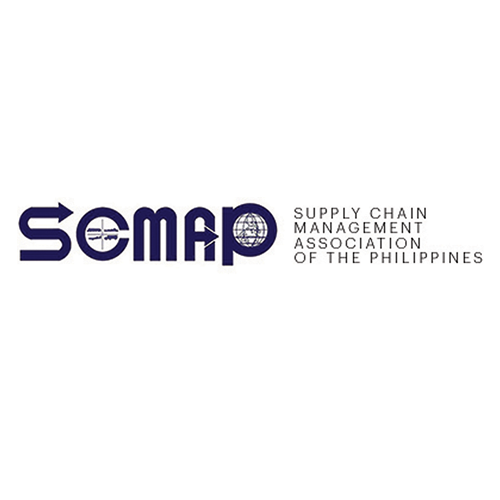A couple of weeks back, the SCMAP team gathered – physically, for the first time in twenty-two months – for a simple Christmas dinner.
It took a bit of getting used to, seeing the people you work with in person after months of relying solely on Viber group chats and Zoom meeting rooms. (Some of them, I haven’t even met in person.) But there we were, together in one function room, catching up, laughing, having fun.
To be honest, there was a point in those twenty-two months when I thought this would not happen again. But things, at first glance, are looking up. The malls are crowded again. So are the roads, but I don’t think that counts as a positive thing regardless of circumstance. The number of daily new COVID-19 cases are in the triple digits – a relief considering we saw new daily cases in the thousands for months. The government’s inoculation program is steaming along, with recent pronouncements claiming they’ve halfway to the target of 70 million fully-vaccinated Filipinos by the summer of next year.
But, of course, it isn’t over yet. The world’s attention is on the new Omicron variant, whose mutations are significant enough to possibly evade available vaccines. As of this writing, some countries are seeing another rise in cases – and, along with that, a return to some restrictions. While early observations show that the variant results only in mild cases among those infected, it is highly possible it’s because those affected have already received both doses (or, possibly, a third). There are also suggestions that Omicron is more transmissible, and can do more damage to the lungs than the Delta variant, but more data is still needed to confirm this.
This new variant brings home the point that, while things are looking up in this part of the Philippines, we aren’t entirely out of the woods yet. For one, the government’s boast of being halfway to their target withers when you realize that over a hundred million people call the Philippines home. Information provided by the Department of Health shows only 42 million Filipinos have received both doses – not even half of the country’s population. Almost 21 million of those came from either Metro Manila, Region 3 or Region 4A. Other provinces, especially poorer ones, still have a long way to go to getting the majority of their populations jabbed.
Our thinking has been that having a fully-vaccinated country would make economic recovery slightly easier, but Omicron – which has entered our shores last week – is threatening to undo our progress. Who’s to say we won’t have restrictions in movements again? Who’s to say we won’t have to wear those demoralizing face shields again? Who’s to say consumer confidence won’t drop, or businesses won’t have to cut jobs and scuttle expansion plans?
It’s pertinent that we continue to work, and more importantly, that we step up our efforts. We must ensure the vaccines reach every Filipino, which means addressing logistical capacity issues as well as any concerns from those hesitant to get jabbed. We must ensure that systems which will allow businesses and persons heavily affected by the pandemic to get back to speed quickly are in place. We must get out of our tendency to stick with firefighting, and shift towards developing long-term plans so we can both manage a disease that’s well on its way to becoming endemic, and also so we get back on our feet faster than the pandemic has brought us down.
As I have said in previous columns, the private sector is more than willing to help. To take one example, we at SCMAP have, over the past twelve months, offered our expertise in various initiatives that address ongoing concerns both resulting from the pandemic, and exacerbated by it. Take, for example, our work in developing the DeliverE online platform connecting farmers to markets, or our larger work with the Pilipinas Kontra Gutom movement aiming to address hunger and malnutrition in the country. There’s also our continued work in advocating for policy reforms that will enable our supply chains to be more competitive and play a greater role in our economic recovery – a recent example is the proposed legislation regulating international shipping charges.
After several years (and a pandemic intervening) we have also finally relaunched our certificate course with the De La Salle University. Our program on enterprise supply chain management addresses some of the gaps in supply chain education present today, particularly as the sector gains wider attention and demand for expertise continues to surge. Alongside our new Supply Chain Essentials webinar series and our retooled online events, we kept stakeholders up to date with the latest trends and developments in a fast-moving and ever-important sector.
But our efforts are just part of many undertaken by the private sector in recent years – and, as I have mentioned in past columns, we can only do so much. But as one kind of “challenging” gives way to another, we continue to offer our expertise and experience as we work together to emerge from the difficulties of the past twenty-two months – and, fingers crossed, be better than ever for everyone.
With these prayers, we at SCMAP wish all of you a meaningful Christmas and a resilient and healthy new year ahead.
Henrik Batallones is the marketing and communications director of SCMAP, and editor-in-chief of its official publication, Supply Chain Philippines. More information about SCMAP is available at scmap.org.





